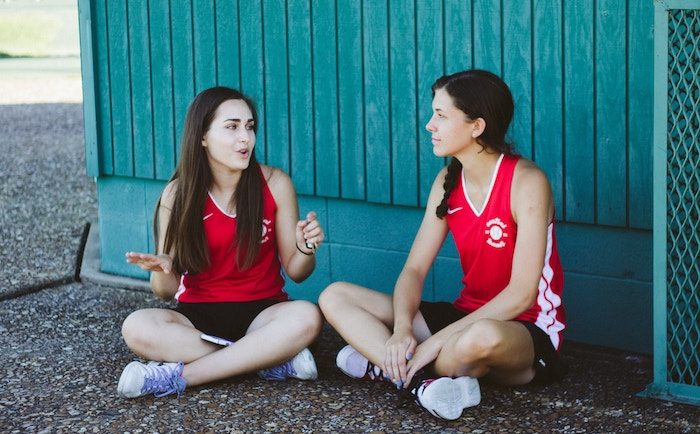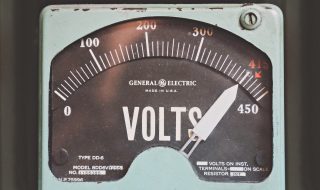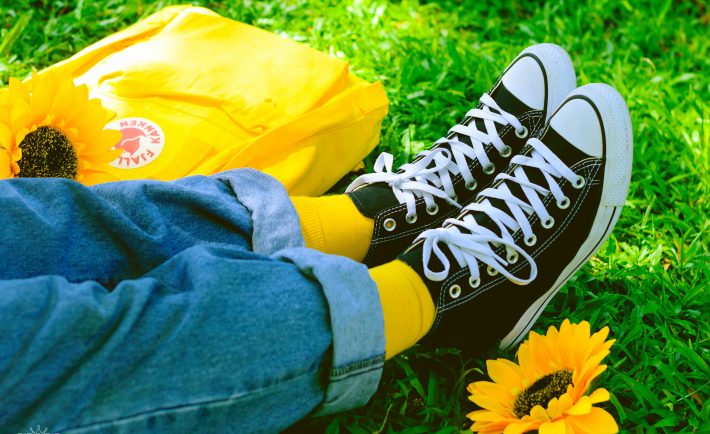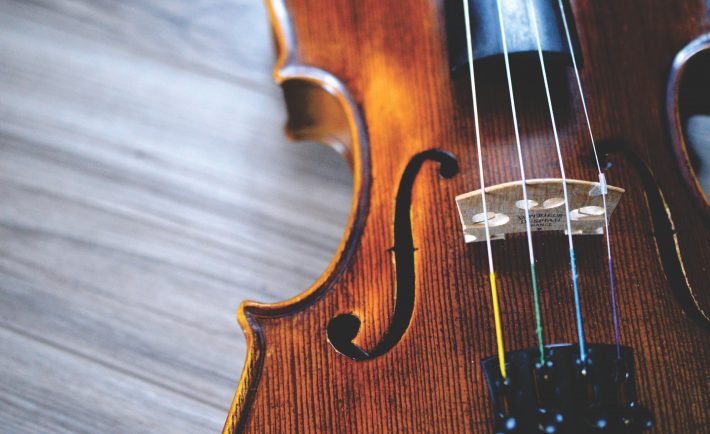
Great Women You Should Know – The Suffragettes – Things That Shape Our Lives
Contributor Kait is 15 years old. This is her fictional diary entry of a 14 year old girl called Daisy, whose homework this week is an essay about Women’s Rights and Equality.
How to Eat Healthily With Food Allergies
Writer and blogger Kate Thompson has four children. Kitty and Archie are eight years old. Along with their older brothers (aged 12 and 16) they suffer from food allergies, in their case “gut allergies” called non IgE allergies which you can’t test for.
The more well known allergies are IgE allergies – these are the ones which bring an instant reaction – sometimes this reaction can be very dangerous, and the person cannot breathe properly.
When Kids Want to Learn a Musical Instrument
Do you want to learn a musical instrument? Or maybe your parents would like you to start lessons and you aren’t sure. Iona loves listening to music and making music. Here’s her advice to kids who want to learn a musical instrument.
The Great Vowel Shift
If you have learnt a foreign language, or if you are bilingual in another European language, you may have noticed that there are a number of words that are similar to words in English. Perhaps you may even have been told that some of them are derived from Latin or Greek, or that they have Germanic roots. But why is the pronunciation so often so different in English?
Being an Expat – The Best of Both Worlds
Being an expat is not the easiest thing in the world, but it’s certainly is one of the most interesting and enriching experiences one can have. Alexia moved from Athens to London in September 2012, and is still trying to figure out expat life, armed with optimism, patience and lots of enthusiasm. She explains how she finds life… here and there.
Here: I meet new people all the time and develop great friendships with people from all over the world. I’m more open socially than I was back home.
There: Although I miss them terribly, I’m so happy every time I go back home and see my old good friends and my family. Every reunion is filled with lots of hugs and happiness.

|
London’s landmark, Big Ben |









